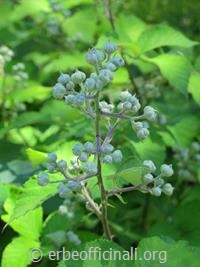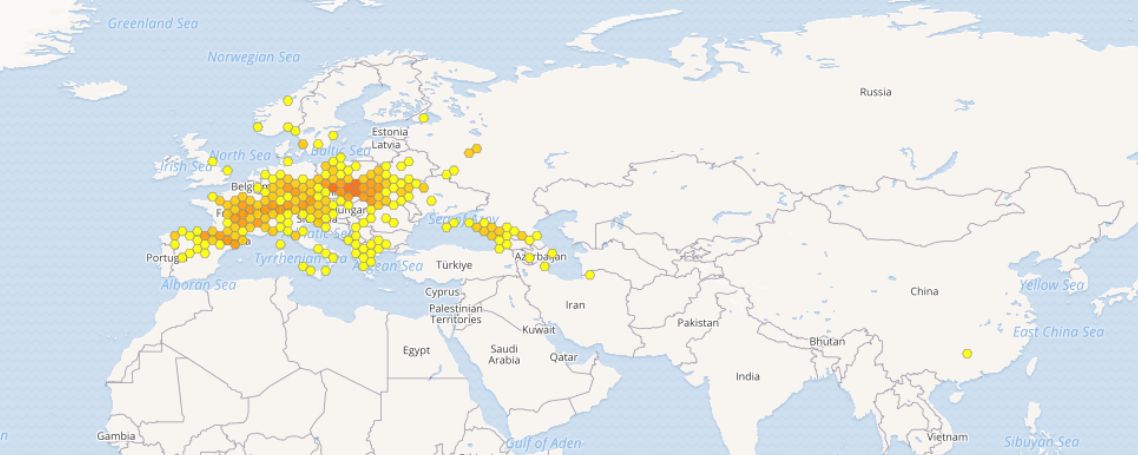<------------------CENTRA ORIZZONTALMENTE---------------- -->
<------------------CENTRA ORIZZONTALMENTE---------------- -->



|
| Scheda completa della pianta |
|
| |||||||||||||||||||||||||||||||||||||||||||||||||||||||||||||||||||||||||||
|





